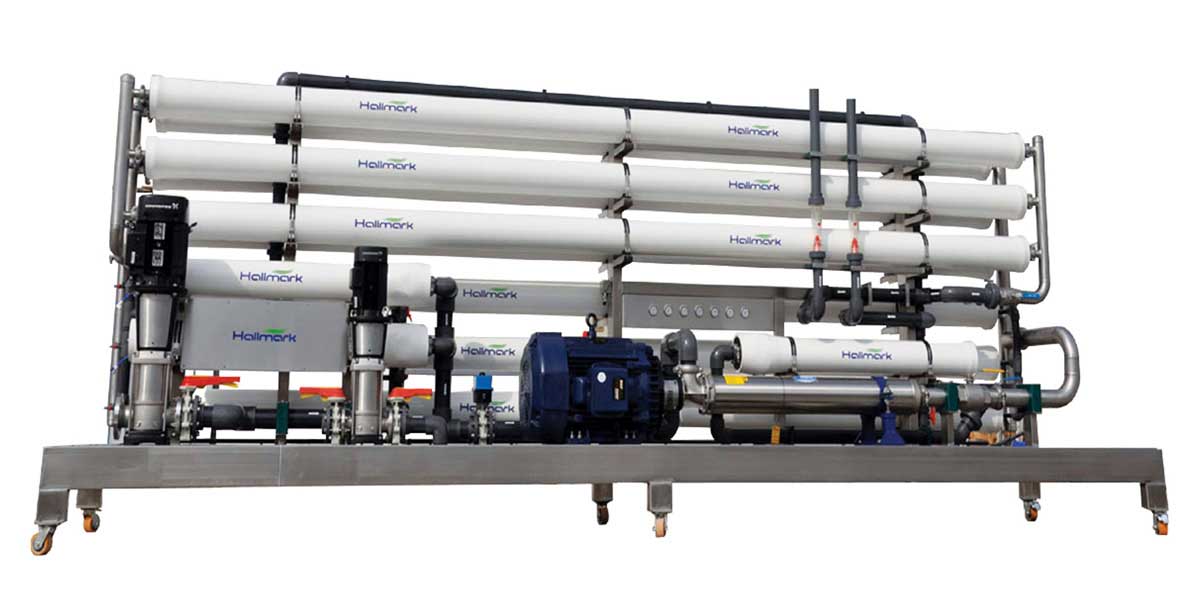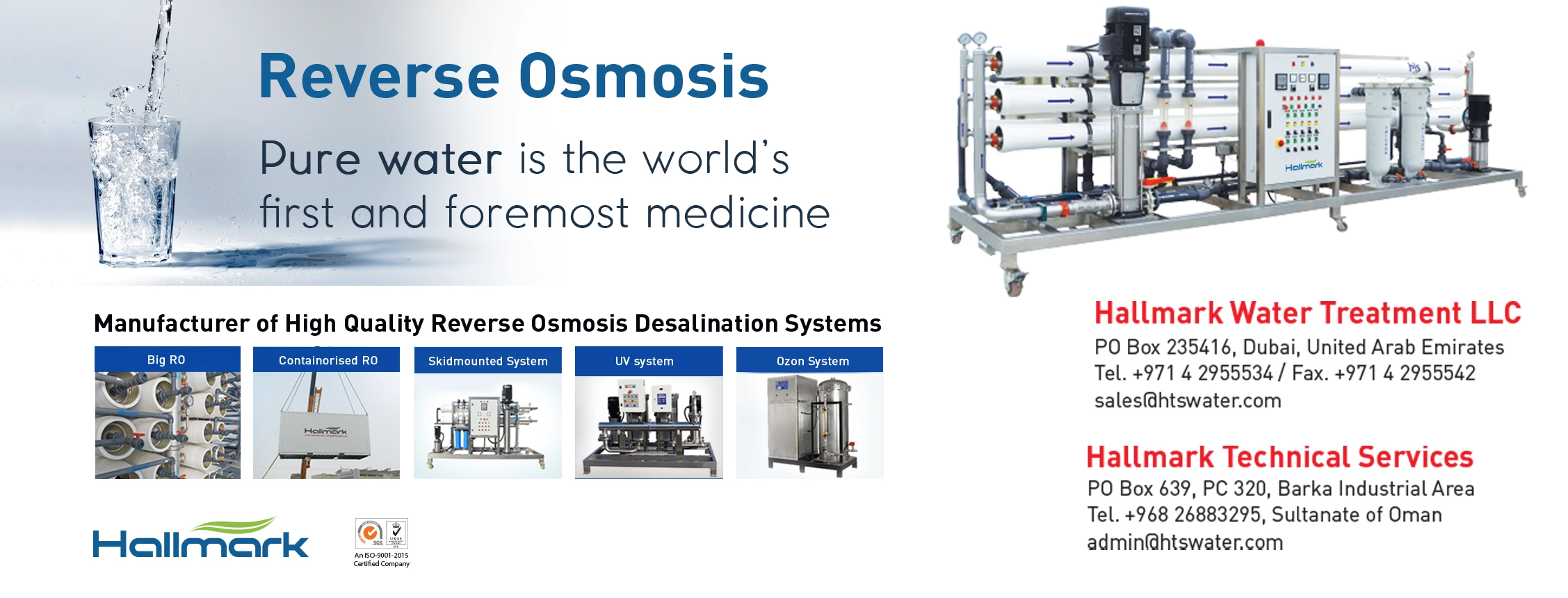
What is a Water Treatment Plant?
Access to clean and safe drinking water is a basic human right and a cornerstone of public health. In our rapidly urbanizing world, where industrial activities and population growth strain existing water sources, having a well-structured water treatment plan has never been more crucial. Such plans ensure that water is adequately treated to meet safety standards, protecting both human health and the environment.
Importance of Water Treatment
Water treatment is not just about providing safe drinking water. It plays a vital role in protecting aquatic ecosystems, supporting agricultural activities, and ensuring that industries can operate smoothly. As concerns about pollution and climate change mount, effective water treatment strategies become essential for sustainable resource management.
What is a Water Treatment Plant?
A water treatment plant is a facility that processes and purifies water to make it safe for human consumption and other uses. The primary goals of these plants are to remove contaminants, pathogens, and pollutants from raw water sources, such as rivers, lakes, or groundwater.
Objectives of a Water Treatment Plan:
The primary objectives of a water treatment plan include:
- Providing Safe Drinking Water: Ensuring that the water meets health standards.
- Protecting the Environment: Minimizing the impact of wastewater and runoff.
- Regulatory Compliance: Meeting local and federal regulations.
- Sustainability: Ensuring long-term availability of clean water.
Key Components of a Water Treatment Plant
A successful water treatment plan consists of several interconnected components:
Source Water Assessment – Before any treatment can begin, understanding the source water is crucial. This involves:
- Identifying the Source: Whether it’s surface water, groundwater, or recycled water.
- Assessing Quality: Testing for contaminants such as bacteria, heavy metals, and chemicals.
Treatment Methods – Treatment methods vary depending on the source water and its contaminants. Common methods include:
- Filtration: Removing particles and sediments.
- Disinfection: Killing harmful microorganisms using chemicals like chlorine or UV light.
- Coagulation and Flocculation: Clumping together particles for easier removal.
Distribution System – Once water is treated, it needs to be distributed effectively. This includes:
- Pipelines: Ensuring that clean water reaches homes and businesses.
- Storage Facilities: Managing supply during peak demand times.
Types of Water Treatment Processes
Water treatment can be categorized into several processes:
Physical Treatment
This involves physical processes to remove contaminants. Key methods include:
- Sedimentation: Allowing particles to settle at the bottom.
- Filtration: Using sand, gravel, or membranes to filter out particles.
Chemical Treatment
Chemical processes are crucial for removing specific contaminants. These include:
- Chlorination: Adding chlorine to kill pathogens.
- Ozonation: Using ozone gas to disinfect water.
- Ion Exchange: Removing dissolved ions, like hardness minerals.
Biological Treatment
Biological treatment leverages microorganisms to break down organic matter. Common methods include:
- Activated Sludge: Using aerated tanks to promote bacterial growth.
- Biofiltration: Utilizing biofilters that support microbial communities to degrade pollutants.

Future Trends in Water Treatment
As technology evolves and water management challenges become more complex, several trends are emerging:
Innovations and Technologies:
- Smart Water Management: The use of IoT devices allows for real-time monitoring and control of water quality and distribution systems, enhancing efficiency and responsiveness.
- Advanced Membrane Technologies: New filtration techniques improve efficiency and reduce energy consumption in water treatment processes.
- Bioremediation: Leveraging natural processes and microbial communities for contaminant removal is gaining traction as a sustainable treatment method.
Sustainability Practices:
- Green Infrastructure: Incorporating natural systems, such as wetlands and green roofs, helps manage stormwater and wastewater sustainably.
- Energy Recovery: Utilizing energy generated during treatment processes can lower operational costs and reduce environmental impacts.
- Community-Based Approaches: Engaging local populations in sustainable water management practices fosters a sense of ownership and responsibility.
Conclusion
In conclusion, a well-structured water treatment plan is essential for ensuring the availability of safe drinking water and protecting public health. These plans encompass various components, processes, and regulatory requirements aimed at providing high-quality water. As challenges related to water quality and supply continue to grow, ongoing innovation and community involvement will be critical in shaping the future of water treatment.
At Hallmark Water Treatment, we are committed to implementing advanced water treatment solutions that meet the evolving needs of communities around the world. With increasing challenges posed by population growth, climate change, and pollution, ensuring safe and sustainable water resources has never been more critical. Our innovative water treatment plants are designed to provide clean, reliable water to communities, industries, and municipalities, all while prioritizing environmental sustainability.

